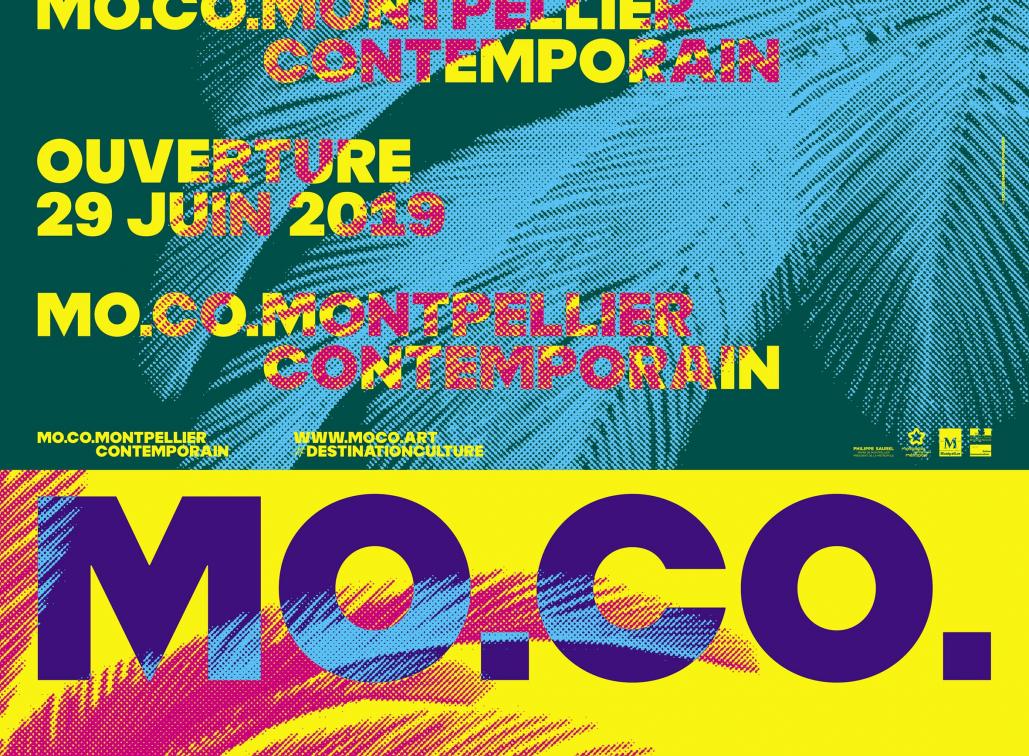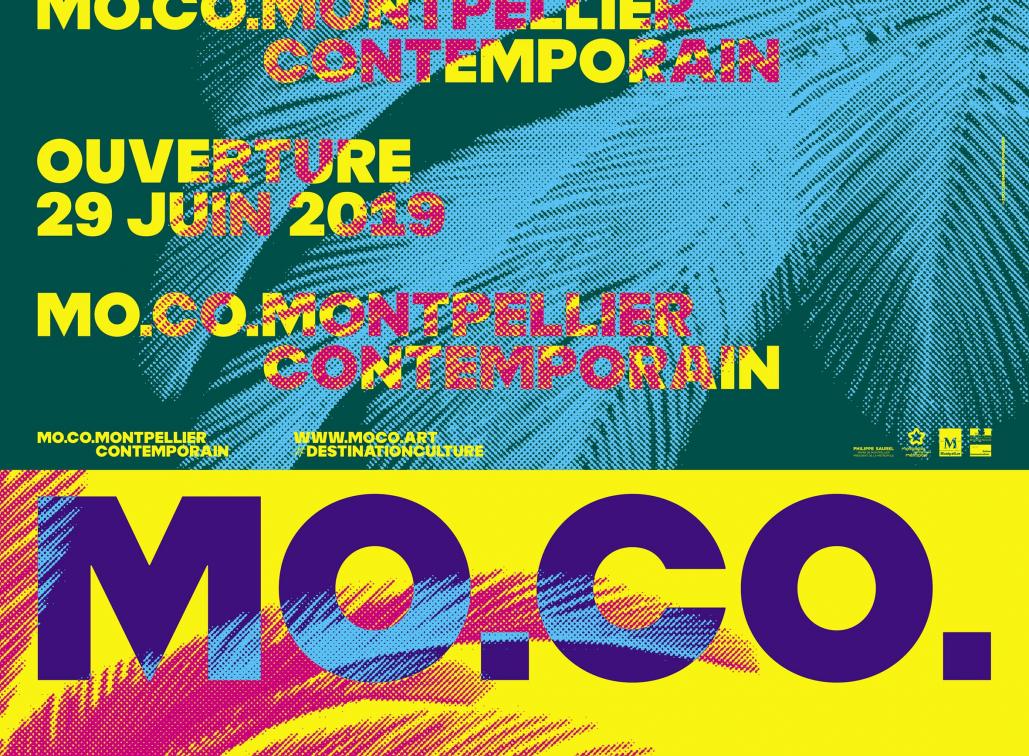
Guided tour at night


Guided tour at night
Discover the outdoor exhibition in a playful way
Guided tour : La Traversée MOCO Montpellier Contemporain | 1h30
French Track
Guided tour : La Traversée MOCO Montpellier Contemporain | 1h30
French Track

This exhibition is curated by Hou Hanru, a curator who has taken part in some of the most important international events on the contemporary art scene—the Shanghai Biennale, the Gwangju Biennale, the Nuit Blanche in Paris, the Tirana Biennial, the Istanbul Biennial, the Lyon Biennale, the Auckland Triennial, and the Venice Biennale (curator of the French Pavilion in 1999 and of the Chinese Pavilion in 2007) with the MAXXI curating team. Director of the MAXXI Museo Nazionale delle arte del XXI secolo in Rome since 2013, he has chosen the contemporary art centre La Panacée to stage a continuation of his project featuring some 70 artists from all over the world and presenting a bold, poetic, yet political overview of the street.
After a larger and more complex version at the MAXXI (December 2018 – April 2019), we unveil a new phase of the project at the Panacée. A significant place will be dedicated to video, because today it is above all on screens that we perceive the world; it is also an ideal medium for narrative and a tool for creating space, as well as a means of reconfiguring the primary interface between the private and public sphere.
The exhibition proposes a dynamic exploration of several ideas the Street is concerned with, accentuates, or intersects:
Politics—with a wall of drawings, paintings, and prints dealing with protest movements and demonstrations, including works by Andrea Bowers, Andrea Salvino, Marinella Senatore, Rirkrit Tiravanija, and Yang Jiechang, as well as an installation by Moe Satt and videos by Éric Baudelaire, Chto Delat, Cinthia Marcele, and Jonathas de Andrade.
Communities, which, at every crossroads, partake of a shared consciousness in a laboratory where borders, notions of minority, and interactions can be redefined, as is visible in videos by Kimsooja, Zhou Tao, Kim Sora, Francis Alÿs, and Mark Bradford. Everyday life and its sequence of work, leisure, meals... Since the street is a concentrate of several types of activity, artists can imagine it either as an extension of the domestic space or as a locus of marginalization and social exclusion.
Thus, if Halil Altindere’s work, Mobese (Gold Camera), articulates an ironic statement about the surveillance cameras that line our streets, Flavio Favelli’s illuminated panels emit signals emptied of their meaning and advertising function. Mention may also be made of the videos of Adel Abdessemed, Ivan Argote, Marcela Armas, Mark Lewis, Jill Magid, and Fang Lu.
Then there are live interventions—because since the 1960s the street has been occupied by artists who consider it the ideal site for experiments and actions that often play on our recurrent feelings of solitude in the urban environment. Many videos bring out this theme, from Allora & Calzadilla, Cao Fei, and Martin Creed to Jean-Baptiste Ganne, David Hammons, Lin Yilin, and many others.
A transitional space, it fosters interaction with institutions, furthers osmosis between the in- and the outside, and infiltrates enclosed spaces, transforming them into forums for sharing and experience and becoming the focus for institutional, collective, seminal actions—as Thomas Hirschhorn, Raphael Zarka, and Simon Fujiwara remind us. And finally the street is a cartographical space, one in which functions such as circulation, exchange, entertainment, shelter, lighting, etc. are arranged into hierarchical systems, such as that of urban planning, the overlap between utopia and functionality and flow management, both of humans and energy. All this is conjured up in the works of Rosa Barba, whose metal piping installations give voice to our underground passages, and those of Zhao Zhao, who recreates the bitumen from which the ghosts of roadkill cats resurface.
To guide us Liu Qingyuan proposes a narrative frieze, Stories of the Street, inspired by key works and events that have marked the relationship between contemporary art and the street environment, quoting in a kind of comic strip iconic figures, such as Vito Acconci, Daniel Buren, Valie Export, Adrian Piper, and Teching Hsieh.